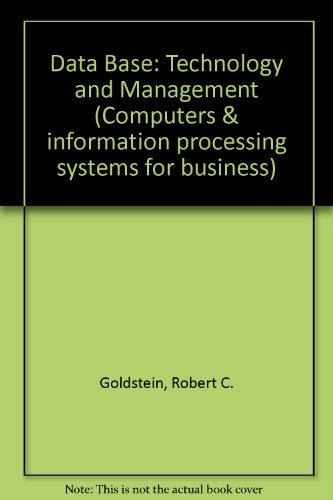Answered step by step
Verified Expert Solution
Question
1 Approved Answer
Domain Telecom Domain Context Customer churn, in simple terms means that the customer has stopped doing business with the company and this is a common
Domain Telecom Domain Context Customer churn, in simple terms means that the customer has stopped doing business with the company and this is a common problem when it comes to telecom industries. To avoid this, companies use predictive analysis to gauge the factors responsible for a customer to leave the company. These churn prediction models help in finding out the customer base that are most likely to churn out. Lab Environment: Jupyter Notebook Tasks to be done: A) Data Manipulation: a. Find the total number of male customers b. Find the total number of customers whose Internet Service is DSL c. Extract all the Female senior citizens whose Payment Method is Mailed check & store the result in new_customer d. Extract all those customers whose tenure is less than 10 months or their Total charges is less than 500$ & store the result in new_customer B) Data Visualization: a. Build a pie-chart to show the distribution of customers would be churning out b. Build a bar-plot to show the distribution of Internet Service C) Model Building: a. Build a sequential model using Keras, to find out if the customerwouldchurn or not, using tenure as the feature and Churn as the dependent/target column: i. The visible/input layer should have 12 nodes with Relu as activation function. ii. This model would have 1 hidden layer with 8 nodes and Relu as activation function iii. Use Adam as the optimization algorithm iv. Fit the model on the train set, with number of epochs to be 150 v. Predict the values on the test set and build a confusion matrix vi. Plot the Accuracy vs Epochs graph b. Build the 2nd model using same target and feature variables: i. Add a drop-out layer after the input layer with drop-out value of 0.3 ii. Add a drop-out layer after the hidden layer with drop-out value of 0.2 iii. Predict the values on the test set and build a confusion matrix iv. Plot the Accuracy vs Epochs graph c. Build the 3rd model using Tenure, Monthly Charges & Total Charges as the features and Churn as the dependent/target column: i. The visible/input layer should have 12 nodes with Relu as activation function. ii. This model would have 1 hidden layer with 8 nodes and Relu as activation function iii. Use Adam as the optimization algorithm iv. Fit the model on the train set, with number of epochs to be 150 v. Predict the values on the test set and build a confusion matrix vi. Plot the Accuracy vs Epochs graph
Step by Step Solution
There are 3 Steps involved in it
Step: 1

Get Instant Access to Expert-Tailored Solutions
See step-by-step solutions with expert insights and AI powered tools for academic success
Step: 2

Step: 3

Ace Your Homework with AI
Get the answers you need in no time with our AI-driven, step-by-step assistance
Get Started


